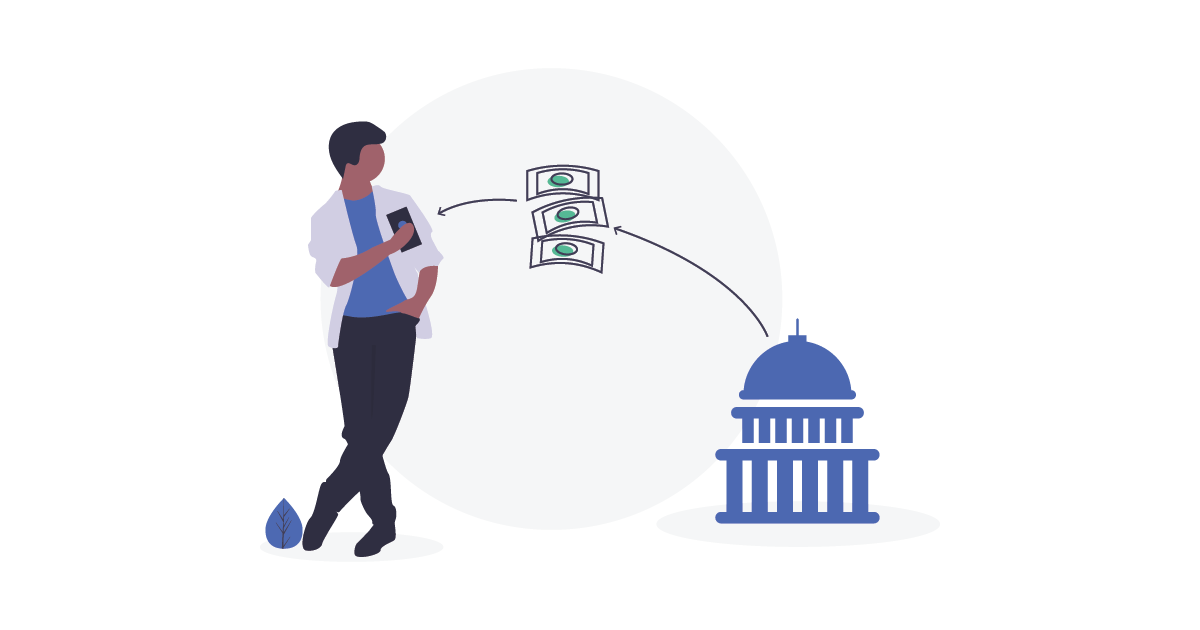Advance Premium Tax Credits (APTC) are a component of the Affordable Care Act. Essentially, APTCs make healthcare premiums more affordable for people with low incomes. An individual or family that is eligible to receive APTCs will have them applied to the monthly health insurance premium. The eligibility requirements for APTCs are as follows:
- Must buy health insurance plan through a state-based exchange or federal health insurance marketplace (HealthCare.gov)
- Household income between 100% to 400% of the Federal Poverty Line
- No access to health insurance through an employer or other government plan, such as Medicare or Medicaid
- Married and file a joint tax return OR single and not claimed as a dependent by another person
Amount of APTC Received
The amount of APTC that an individual receives is based on his or her income relative to the Federal Poverty Line (FPL), as well as the price of the Second Lowest Cost Silver Plan (SLCSP) on the ACA market. For example, assume that an individual earns $24,280 in 2019, which corresponds to 200% of the FPL. At this level, the individual only pays about 6.50% of income for SLCSP healthcare premiums for the year ($130 per month). If the SLCSP is priced at $380 per month, then the amount of APTC received is $250 ($380-$130).
Applying the APTC
An individual can apply the amount of APTC received to any type of health plan (Bronze, Silver, Gold, or Platinum) on the market, regardless of the price of the plan. This makes cheaper Bronze plans even cheaper, or the more expensive Gold and Platinum plans a bit more affordable. In fact, ever since insurers started “Silver Loading” after Trump ended the CSR subsidy payments, the APTCs caused a lot of Bronze plans to become free for many individuals around the nation.

